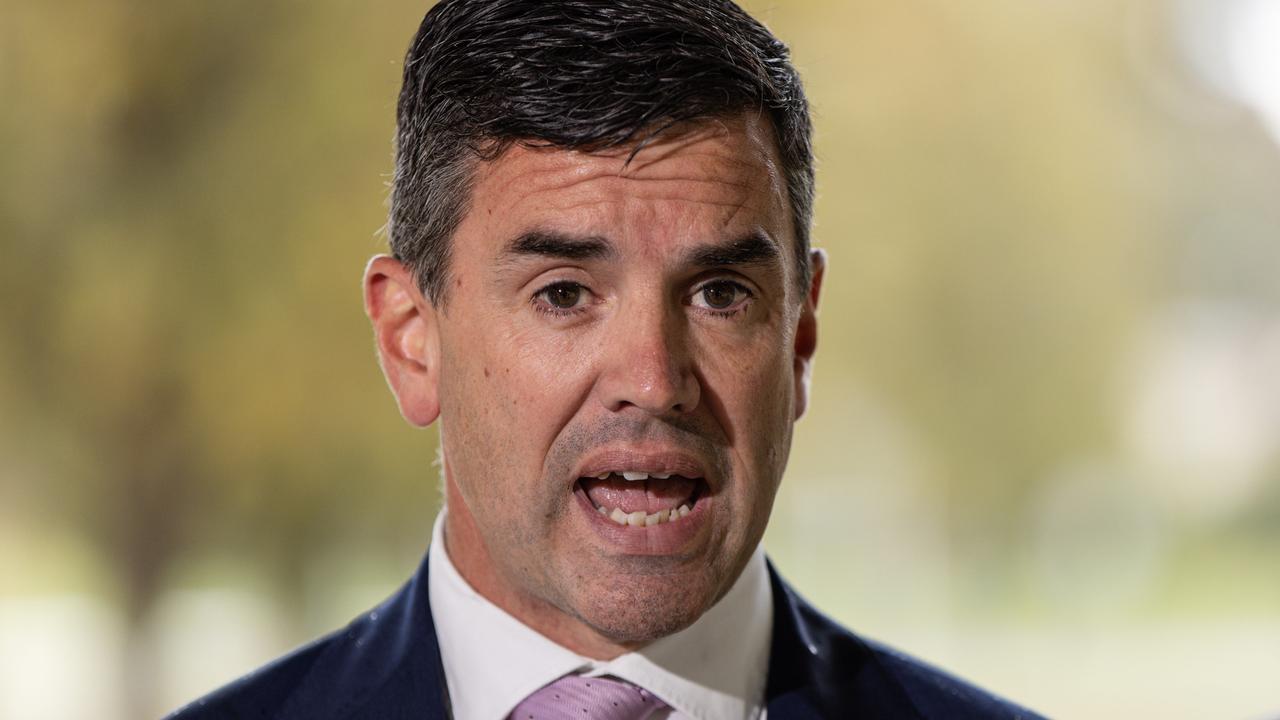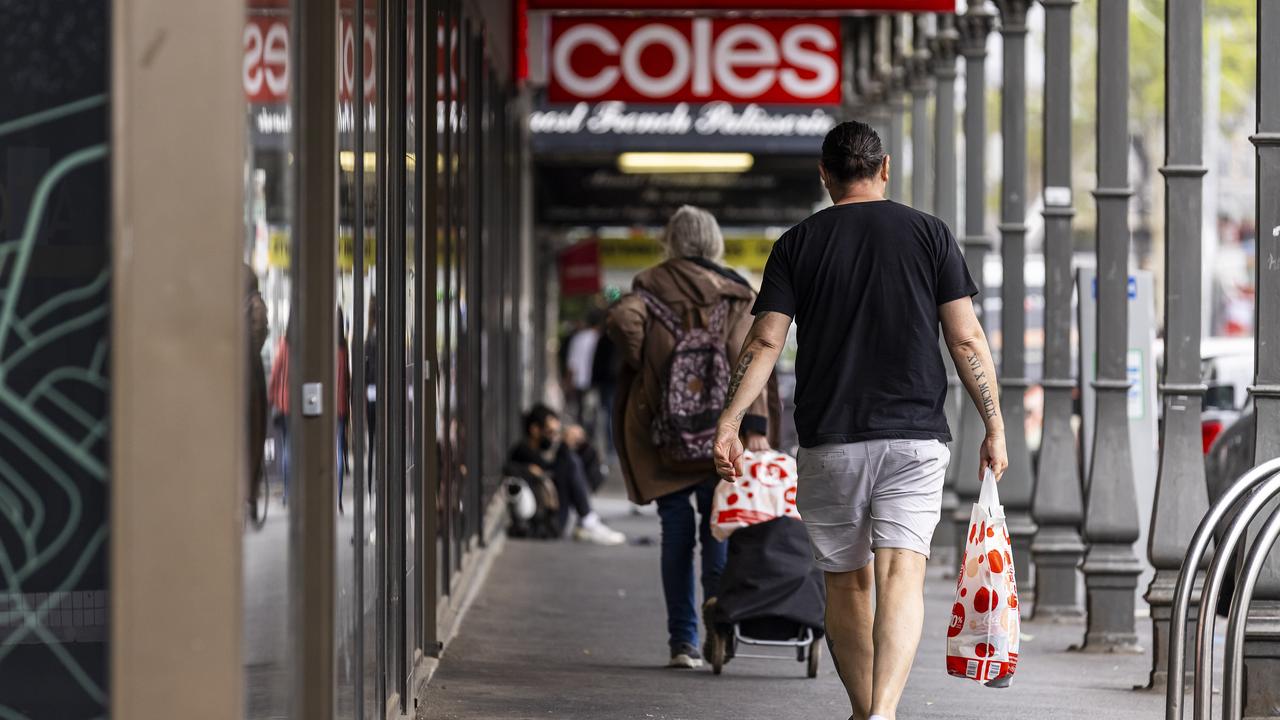Sixteen Victorian women developed cancer from breast implants
Four women are believed to have died as a result of a rare cancer linked to a common breast implant, sparking concern for thousands of Victorians.
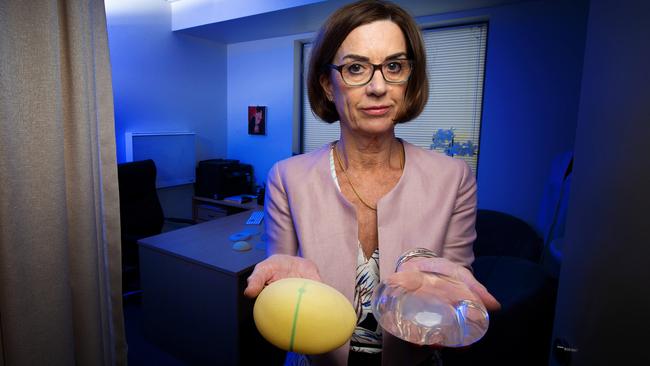
Victoria
Don't miss out on the headlines from Victoria. Followed categories will be added to My News.
Sixteen Victorian women have developed cancer from breast implants, sparking a major health warning.
Tens of thousands of women have had the implants.
The rare cancer of the immune system has been linked to widespread use of common “textured” implants in women overcoming breast cancer or for cosmetic reasons in surgeries as far back as 2004.
Four Australians are believed to have died of the cancer, known as breast implant-associated anaplastic large cell lymphoma.
They are among 106 Australian cases detected, but most women have been in the disease’s early stages and were cured with surgery.
BIA-ALCL is not a form of breast cancer, but a disease that grows in the fluid and scar tissue around an implant.
The Therapeutic Goods Administration first raised the alarm but now Safer Care Victoria has reviewed the scale of the issue and called for thousands of women to watch for early symptoms.
Between 5000 and 6000 breast implant or reconstruction procedures are undertaken in Victoria each year.
Health authorities are concerned about surgeries dating back two decades.
Health Minister Martin Foley said: “While the chance of developing this rare form of cancer is low, it is important Victorians who have undergone breast implant or breast reconstructive surgery monitor for early symptoms.
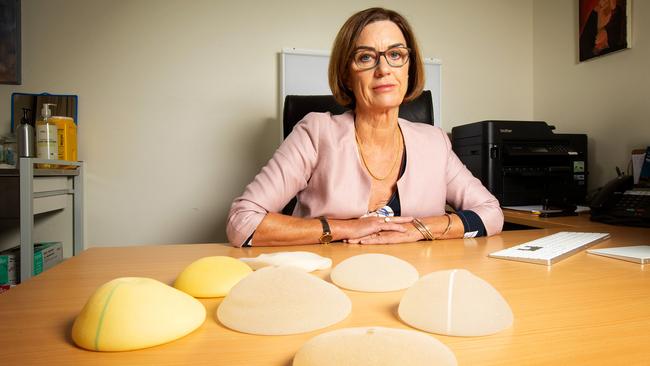
“Anyone considering breast implants should talk to their surgeon about the associated risks and which implants are considered safer,’’ he said.
Since the 1990s Australian surgeons have increasingly moved to a new style of breast implants with varying texture, or roughness, because they look and feel more natural.
The TGA raised concerns in September 2019 when a new type of cancer was emerging only in women who had breast textured implants, suspending the use of several implants and tissue expanders.
Safer Care Victoria found the risk from most textured implants was 23 times greater than from smooth implants — the rougher the texture, the greater the risk.
Women with the most textured implants had a one in 2500 risk of lymphoma, while those with less textured implants dropped to a one in 83,000 chance.
Affected women have detected symptoms anywhere between three and 14 years after surgery.
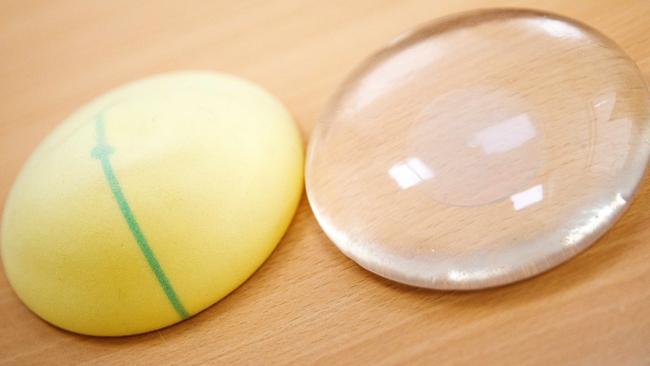
Anyone with implants is urged to regularly check their breasts for lumps or swelling.
The cancer is highly curable if diagnosed early.
Traditional breast cancer screening such as mammogram does not detect the disease, but doctors can use ultrasound to determine if a sample needs to be taken to test for lymphoma.
The TGA does not recommend women with implants have them removed pre-emptively because the risks of surgery could be higher than the chance of developing cancer.
Plastic and reconstructive surgeon Gillian Farrell said the rare risk of lymphoma was the same for women who had implants for cosmetic or reconstructive reasons, though the anxiety may be greater for those who had already fought breast cancer.
“There is evidence that if you have your implants out for no reason, that you don’t have any symptoms suggestive of this lymphoma and you have not been diagnosed, the risks of surgery will probably be higher than the risk of developing the lymphoma,” Assoc Prof Farrell said.
“There are some women who decide they just can’t live with any risk at all and demand to have them out.
“But if there is no change in your implants at all and they have been in for a number of years and stayed exactly the same, then there is no need to be concerned.”

